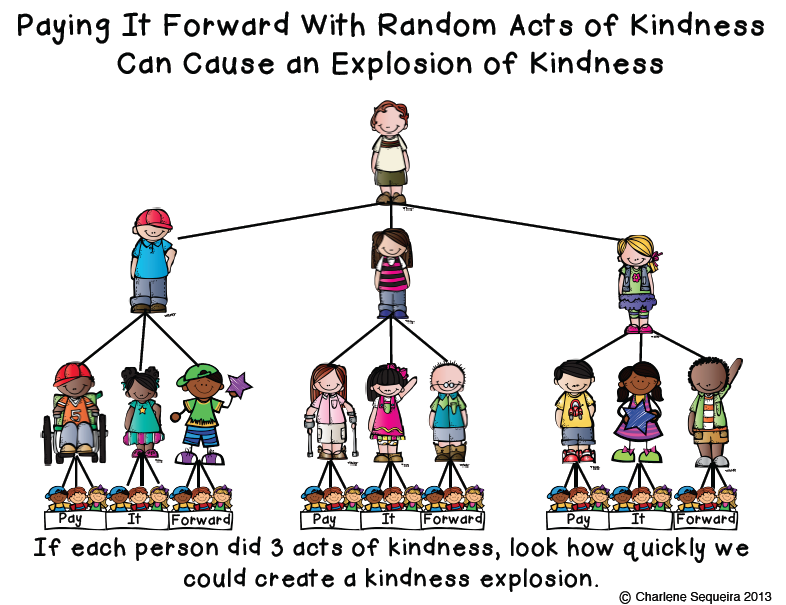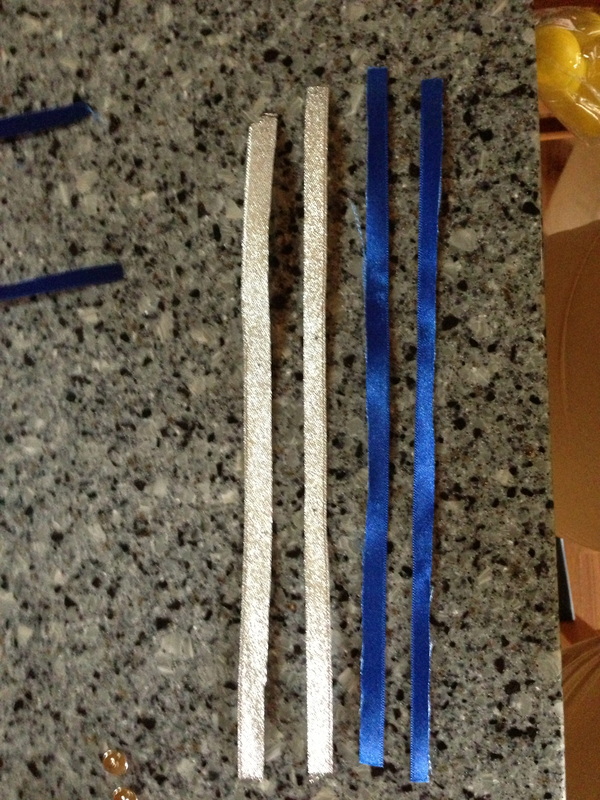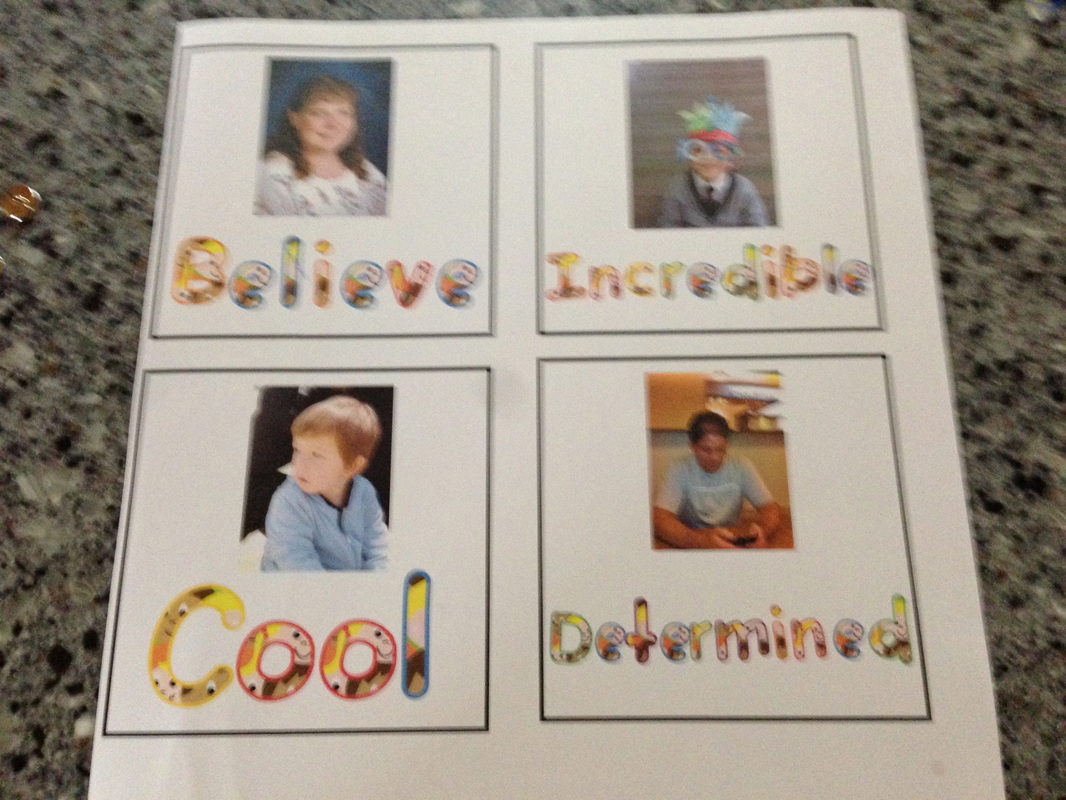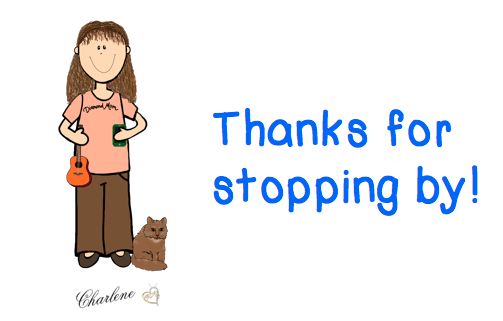|
Today I am back for another segment for the Diggin' Into Next Year.

Organize Literacy Blocks
I combine my reading and writing components so that the literacy block can go from the beginning of the day, following morning start up activities, until the recess break. This gives me about 75 minutes without interruption each morning. Some days I will be able to extend the time a bit after the recess break, but often other things such as gym, music, or library are scheduled in during the recess to lunch block. For this post, I will be focusing on guided reading and how I make it work. In our school, we try to do guided reading groups across the primary grades. During the last couple of years, several of the primary teachers have gotten together and grouped their students by levels and then each teacher has taken on a group for a daily guided reading block that has been dedicated on the timetable. Other adults have also been included so that the groups can be small enough to work well, especially with the struggling readers. These could be administrators, the librarian, educational assistants, and some parents or retired teachers. Since we are usually short of adults, myself and one other teacher have opted out of this and done our own reading groups. This has helped to keep the numbers manageable, but it has also required some creative planning in order to make it work well in our classrooms. My colleague has had a couple of volunteers come in to help. She trained them a few years ago and she can count on them to follow her guidelines. (Unfortunately, she is retiring, so this will change next year.) I have found that it works better for me to do my own groups and tailor the lessons specifically for them. It takes some management, but it has worked effectively for me. First of all, it is important to figure out what the appropriate reading level is for all of my students. I choose a few books that are in my leveled boxes and I have my students read to me one by one while others are working at their desks on an independent writing activity. Once I have a starting place for each child, I put together groups of children that are reading at similar levels and I create book bins for them to use during reading times. I also have 3 book shelves full of books for recreational or free reading times. These are the books they read when it is not time for guided reading groups. After the groups are determined, the organization of the literacy block can be prepared. The number of groups is determined by the levels created for the guided reading component. Sometimes I can have as many as 7 different reading groups going on in order to best meet the needs of the class. This can be tricky to organize and make work. I try to get to all of my groups during the literacy block, but I only get to do actual guided reading lessons with about 3-4 groups each day. I make sure that I work with my struggling readers every day. The other groups need to alternate days. I select book series for my guided reading so that I can capture the interest of the kids and then send them on to related books. This helps keep them reading while I work with other kids. Once they are reading beginning chapter books, this is easier to do because there are so many series available that are geared towards this age level. Some of my favorite go to series are: The Magic Tree House, Bailey City School Kids, Horrible Harry, Pony Pals, The Littles, Amelia Bedelia, Ready Freddy, Cam Jansen, Jigsaw Jones. You can read about my Amelia Bedelia post here. 
I also have written activities and games or task cards available for the groups that are not working with me. Sometimes they will work on them independently, and sometimes in small groups. I train my kids to work quietly during guided reading time so that I can hear those that I am working with. They learn quickly, that they need to be able to work quietly if they want to be working with others.

Reading with a partner is also a great way to support struggling readers. I often pair up either a struggling reader with someone who is stronger and able to guide them through the book, or I will pair up people in the same group to work on a book together. In this picture, the 2 boys are in the same level, and they are supporting each other as they read through a choice book.

Another tool I use is the computer. I collected iMacs as the different computer labs undated their machines, and I have enough computers for everyone to use. I have them loaded with math and language games, so during our literacy block, sometimes I assign different language games for them to work on. This is usually just for one group at a time, as it gets noisy otherwise.
I have also used Reading A-Z (Raz Kids) for individuals and also pairs when necessary. This allows me to tailor specific books and levels for certain students.
I may need to have some of my students join the others if we do a mixed grouping with all the classes next year. If I have too many students who are struggling readers, and also not very independent, it is difficult to manage the groups and effectively teach at the same time. There are many students that will require extra support coming into my grade level next year, so I will have to wait to determine how I will make it work.
I used to have a rotation schedule for groups and activities, but I have found that I don't usually need this as I have done it for so long that I know the rotation. However, I may start creating a written schedule again so that it will be easier for another teacher to follow if I am away. It will save writing it out each time with my sub plans.
I will continue to get a starting point level for each of my students when the year begins. I will also begin some guided reading groups as soon as possible during the year. Even if I have some students join the other groups, I need to do this because whole school guided reading doesn't begin until later in the fall. I can't wait that long to get them going.

I use the Dolch sight words for many different activities in my classroom. My kids never get tired of them. I have created different themes to use at different times of the year. Here are some of the ones available at my Teachers Pay Teachers store.

Task cards and written activities are also important mainstays during guided reading. A quick lesson can be given at the beginning of the session, and then the activities can be started and groups can be pulled away when it is time for them to do guided reading. (This is a student writing sample based on a quick story about all the ice storms back east last winter. The template can be found here.)
Well, there you have it. I hope there is something here that can be helpful for others.
0 Comments
This truly has been an exciting adventure that I never dreamed of before being introduced to Teachers Pay Teachers. Since then, I have become addicted to the world of blogging and creating products for teachers and kids.
Next year will be my last year in the classroom, and I was wondering what I would do next for myself. Now I know. I will continue to develop products, blog, and of course, spend lots of time with my grandchildren. Life has so much to offer still. I will miss being in the classroom, but I will still be able to make a difference with kids.
Handle Classroom Management and Behavior
Classroom management is so important if you want to have a successful year with your students. There are many different methods used, and I have tried several over the years. What I have discovered, is that for most children, if they feel valued and respected, they are more likely to want to be respectful and responsible members of the class community.
Every year I begin my lessons with a focus on self esteem and this makes a huge difference to the tone of the class. Acts of kindness, bucket filling, and celebrating talents are integral parts of these lessons. I also include the seven habits for kids. Establishing routines is very important if you want to have control in the classroom. I have discovered that children respond well to routine and structure. I have some routines that I use every year. I also try to make my timetable as consistent as possible so that the routines are similar each day. This has been a calming influence in my classroom. This year I have been using some of the Whole Brain Teaching in my class as well. I am amazed at how well the rules work and how much more focused my students are. I will definitely be continuing to add more elements of this into my teaching next year.
I used to do tickets, stickers, and draws, but I found that the kids were less likely to behave appropriately when the rewards were not given out frequently. Also, the ones that always behaved were receiving most of the tickets and those that needed the positives were finding it to be a negative. I know that this is not the case for all teachers, but it was for me.
I found that changing my focus to catching kids behaving appropriately and encouraging that behavior through verbal praise worked much better. Others also noticed and praised the students. I still do some rewards and group challenges, but for specific goals and they are short term.
When I started to read about Whole Brain Teaching, I discovered that the students could be more instrumental in helping to develop a positive environment and that they could become more responsible and accountable for their behavior choices. I really liked the way this worked this year in my class, so it will definitely remain and be developed further next year.
I will also continue with my self esteem lessons at the beginning of the year, as they set the tone for the rest of the year. We refer back to the concepts throughout the year and we build on them as well. The establishment of routines and a consistent timetable will remain as well.
Here are some of the products that I use for my self esteem lessons and routines.
This is a post that reflects how I view teaching. I feel that it is important for children to value themselves and know that they are special. Last summer I came up with this project. It was a great success. I included a picture of my wall at the end of this post. I hope to create a new one next year.
One thing I like to do when the new year starts in help my students focus on their positive talents and character traits. We focus on "success" words or "power" words. I talk to them about how they are unique and special.
Usually we do power words and decorate them, but this year I am going to make these picture boards for the bulletin board.
Because I am still in Korea, I don't have access to some of my materials, so I used some of the left over pieces to make test samples. They are not exactly square, but they will give you the idea.
To start with, you will need some sort of board to create the base. I used a foam board and my son cut out 20cm squares. (approx. 8 In.)
You will also need some ribbon and some thumbtacks. I bought some smiley face ones.
Next, each student needs to think of a word that describes them or that is important to them. Here are some of the words that we chose. I used a clipart alphabet instead of a font to make them more interesting. This clipart was from Graphics From the Pond.
The picture on the right is the one I will be using for school. For the samples, I was able to do 4 on a page. For the actual blocks, I will be printing one picture per page. If you want to make yours smaller, that is an option too. I will also be laminating the actual pictures before putting them on the blocks.
Cut out the picture so that it fits the base. The lines on the box will be covered by the ribbons. Make sure you have them where you want the ribbons to be. Attach the ribbons with the thumbtacks. You can glue them down on the back. I used a glue gun.
Finally make a ribbon loop and attach it at the top with another thumbtack so you can hang it up. There you have it. This will be my "wall of power" for the start of the year. |
About Me Charlene Sequeira
I am a wife, mother of 4, grandmother of 9, and a retired primary and music teacher. I love working with kids and continue to volunteer at school and teach ukulele. Categories
All
|



































 RSS Feed
RSS Feed